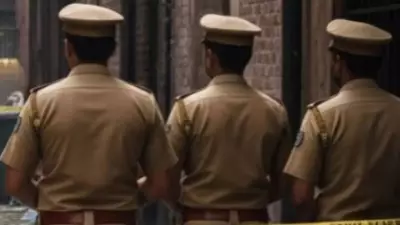
When Justice Surya Kant assumed his role in the Supreme Court, he brought with him a wave of optimism and a comprehensive blueprint for judicial transformation. His promises resonated deeply within legal circles and among citizens yearning for a more efficient, transparent, and accessible judiciary. However, the true measure of his tenure will be his ability to convert these ambitious pledges into concrete, measurable outcomes.
The Vision: A Modern, People-Centric Judiciary
Justice Surya Kant articulated a clear vision for the Supreme Court—one that prioritizes the common citizen above all else. His commitment to leveraging technology for justice delivery, ensuring timely case resolutions, and maintaining absolute transparency struck a chord with millions who see the judiciary as their last resort for justice.
Key promises that captured national attention include:
- Radical reduction in case backlogs through systematic reforms
- Implementation of cutting-edge technology for court proceedings
- Enhanced transparency in judicial appointments and functioning
- Making justice more accessible to marginalized communities
- Streamlining court procedures to eliminate unnecessary delays
The Reality Check: Challenges on the Ground
Despite the ambitious vision, the Indian judicial system continues to grapple with deeply entrenched challenges. With over 4.8 crore pending cases across various courts, the path to reform is fraught with complexity. The recent controversies surrounding judicial appointments and the pressing need for diversity in the higher judiciary add layers of difficulty to the reform process.
The critical question remains: Can Justice Surya Kant's administration bridge the gap between promise and performance?
Public Expectations and Judicial Accountability
Indian citizens, legal experts, and civil society organizations are watching closely. There's growing demand for:
- Clear timelines for implementing proposed reforms
- Regular progress reports on key performance indicators
- Measurable outcomes in case clearance rates
- Tangible improvements in access to justice for underprivileged groups
- Demonstrable advancements in court infrastructure and digital capabilities
The Road Ahead: Turning Vision into Reality
For Justice Surya Kant to succeed where others have struggled, his administration must focus on strategic implementation. This requires not just vision but meticulous planning, stakeholder collaboration, and unwavering commitment to overcoming bureaucratic hurdles.
The success of these judicial reforms will ultimately be measured by:
- How quickly ordinary citizens experience improved justice delivery
- The reduction in time taken for case disposal
- Enhanced public trust in the judicial system
- Successful integration of technology in daily court operations
- Visible progress in addressing the massive backlog of cases
As Justice Surya Kant continues his journey, the nation watches with hopeful anticipation. The transformation of India's judiciary depends not on promises alone, but on the determined execution that follows.





